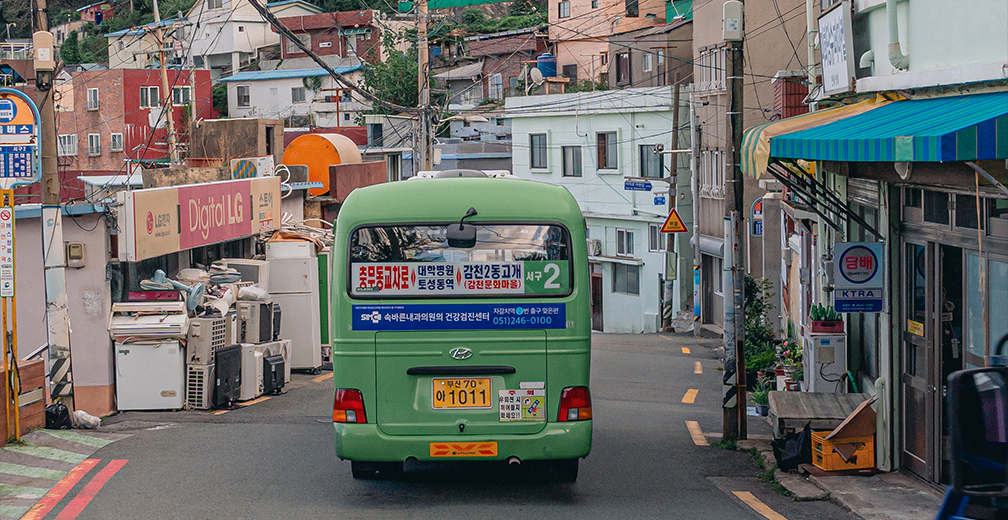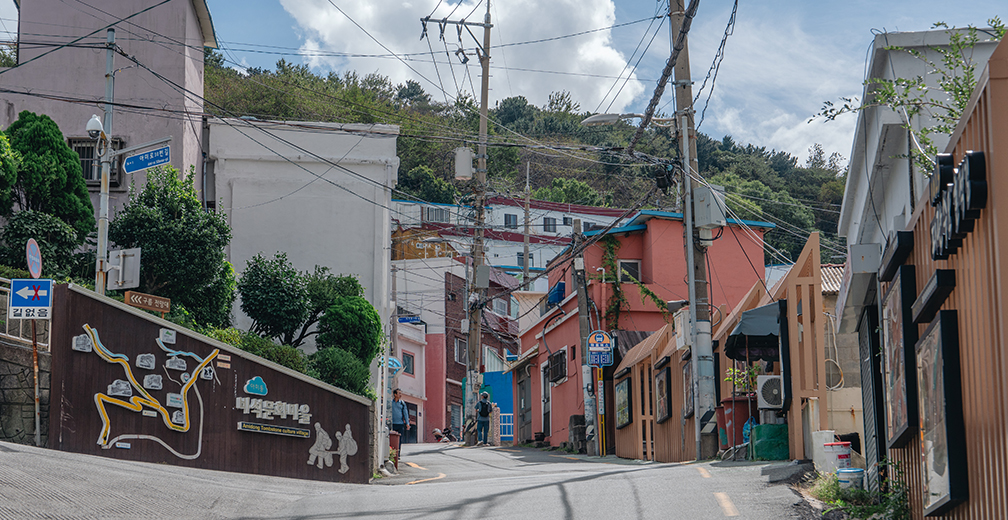-
Designation of cultural heritage
Busan-designated registered cultural heritage (January 5, 2022)
-
The Ami-dong Tombstone Village was a neighborhood for refugees constructed over a public cemetery. This site eloquently demonstrates how desperate was the situation in which these displaced persons found themselves, but also how it was balanced by their tenacious will to survive. The Ami-dong Tombstone Village is located halfway up Mt. Cheonmasan. The cemetery over which this wartime neighborhood was formed was established in 1906 as a burial ground for Japanese residents. Upon the liberation of Korea in 1945, many Japanese citizens collected the cremated remains of their family members and returned to their home country, leaving behind tombstones and other memorial structures. With the outbreak of the Korean War only in a few years later, people fleeing to Busan used this space as a site for temporary housing. The retaining walls of the cemetery and other structural elements remain almost unchanged. People arriving to Busan during the war and their descendants still live in this neighborhood. Eight of the wartime houses have been preserved as a museum showcasing the life of displaced people during the war.
-
Original function
Public cemetery (abandoned)
-
Wartime capital function
House refugees
-
Present function
Housing;
exhibition/education
(museum, etc.)







